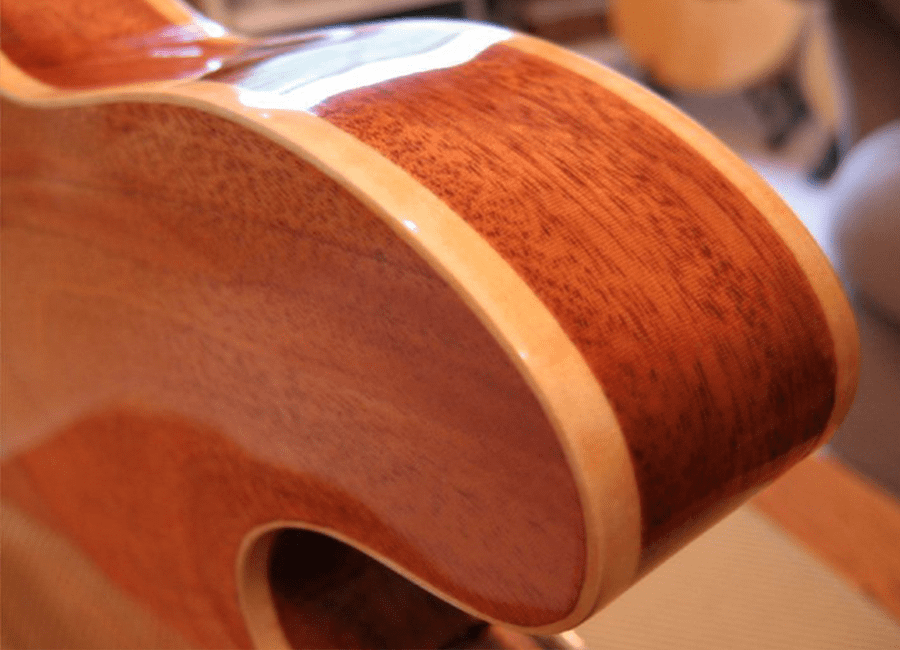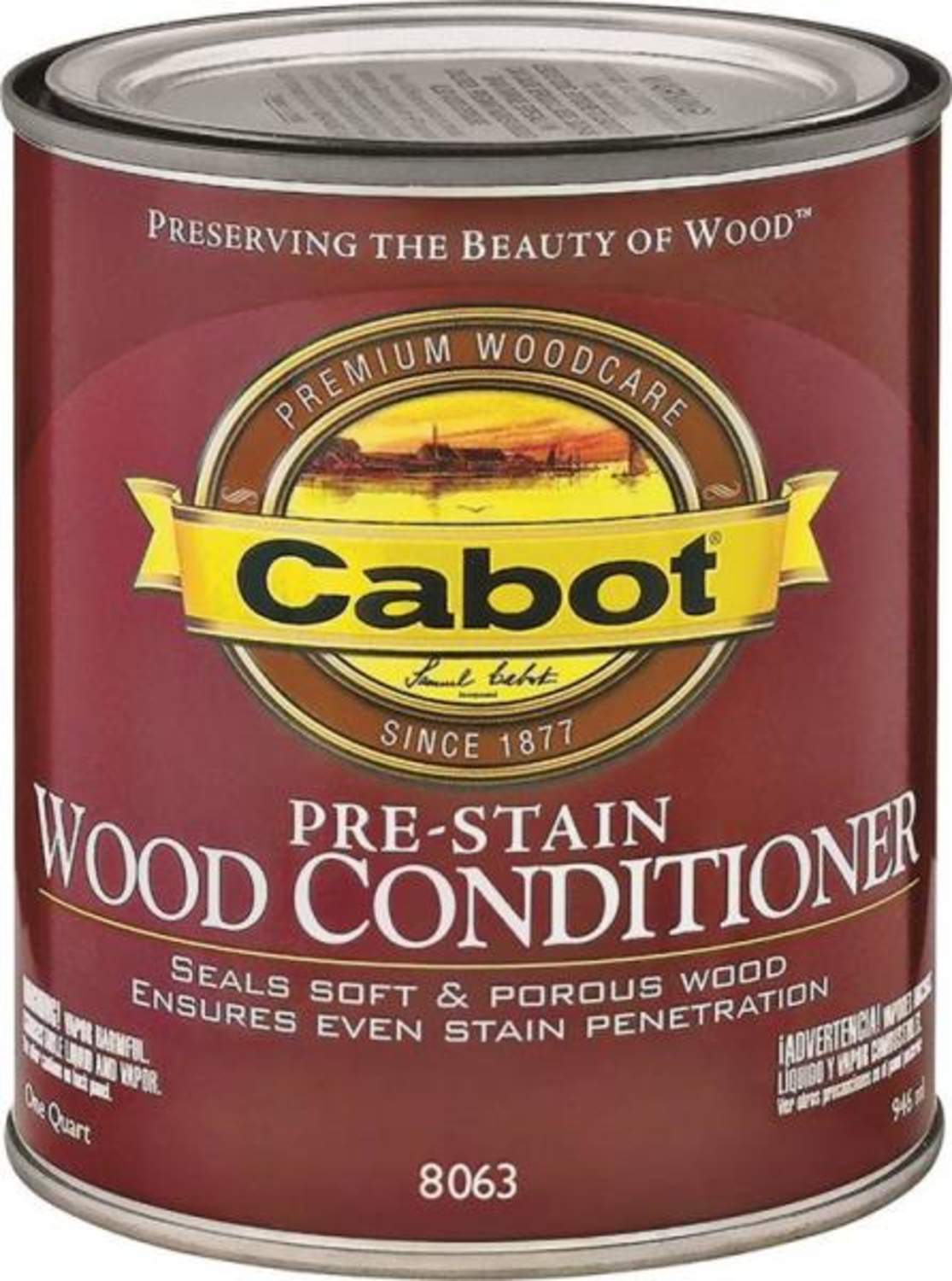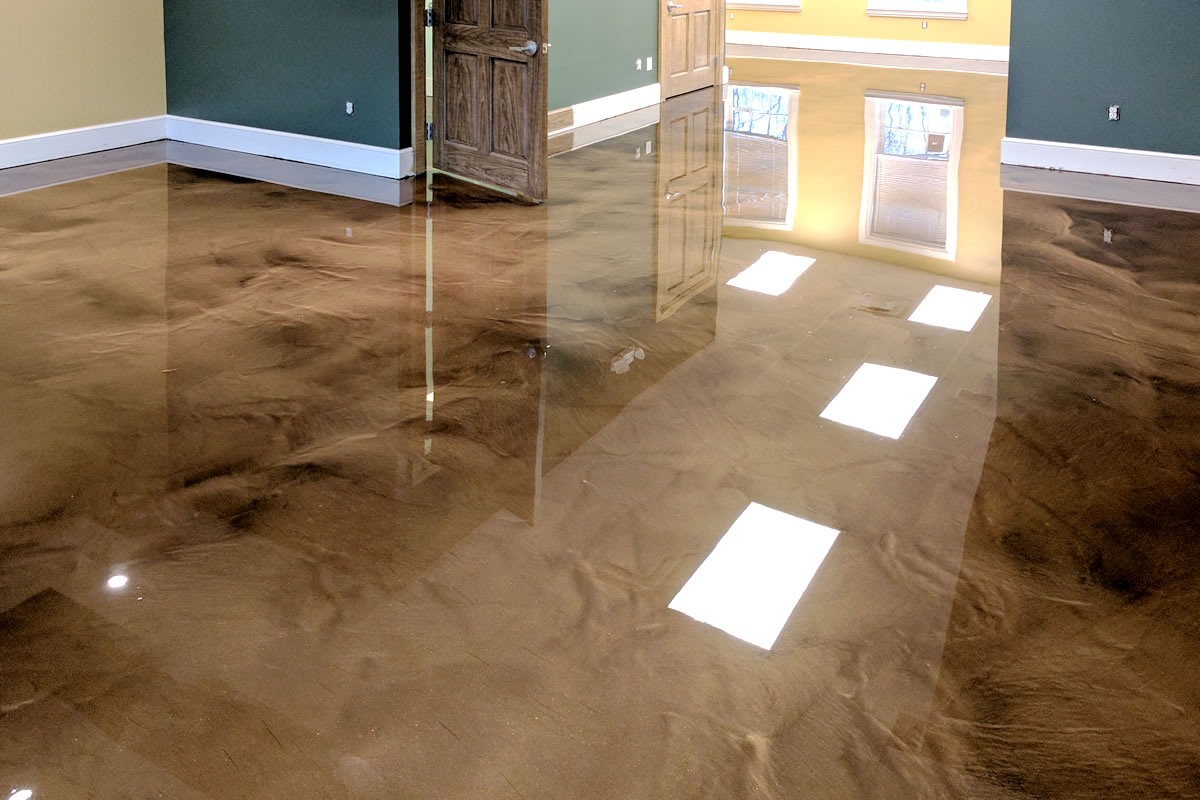Water-based stains are a popular choice for kitchen tables due to their ease of use and wide range of color options. These stains are made with a water-based binder and pigments, making them environmentally friendly and safe for indoor use. They also have a fast drying time and are low in odor, making them ideal for kitchens where ventilation may be limited. Water-based stains are also known for their versatility, as they can be used on a variety of wood types and can be easily mixed to achieve custom colors. They also tend to be more budget-friendly compared to other types of stains, making them a great option for those on a tight budget.1. Water-Based Stains
If you're looking for a stain that will provide a rich and deep color, oil-based stains may be the way to go. These stains are made with mineral spirits or linseed oil as the binder, and they penetrate deep into the wood for a long-lasting finish. They come in a variety of shades and can be easily applied with a brush or cloth. One of the main benefits of oil-based stains is their durability. They are resistant to water and everyday wear and tear, making them a great choice for kitchen tables that will see a lot of use. However, they do have a longer drying time and tend to have a strong odor, so proper ventilation is important when using these stains.2. Oil-Based Stains
Gel stains are similar to oil-based stains in terms of their rich colors and durability. However, they have a thicker consistency, making them easier to control and less likely to drip or run. They are also less likely to raise the wood grain, making them a good option for softer woods. These stains are also known for their ability to cover imperfections in the wood, such as scratches and dents. They can be applied with a brush or cloth and have a longer drying time compared to water-based stains. Gel stains are also available in a variety of colors and can be used on both indoor and outdoor wood surfaces.3. Gel Stains
Varnish stains combine the benefits of a stain and a varnish in one product. They are made with a blend of oil-based stain and polyurethane, providing both color and protection for your kitchen table. They come in a variety of shades and can be easily applied with a brush or cloth. One of the main advantages of varnish stains is their ability to provide a durable and long-lasting finish. They are resistant to water, heat, and scratches, making them ideal for high-traffic areas such as kitchens. However, they do have a longer drying time and tend to have a strong odor, so proper ventilation is important when using these stains.4. Varnish Stains
If you're looking for a stain that will provide a glossy and smooth finish, lacquer stains may be the way to go. These stains are made with nitrocellulose or acrylic lacquer as the binder, giving them a high shine and fast drying time. They come in a variety of colors and can be easily applied with a brush or spray gun. One of the main benefits of lacquer stains is their ability to dry quickly, making them a great option for those who want to complete their staining project in a timely manner. They are also resistant to water and everyday wear and tear, making them a good choice for kitchen tables. However, they can be tricky to apply, so it's important to follow the instructions carefully.5. Lacquer Stains
Dye stains are a popular choice for those looking to achieve a more natural and transparent look on their kitchen table. These stains are made with a water or alcohol-based dye, which easily penetrates into the wood fibers to provide a subtle and even color. They come in a variety of shades and can be easily applied with a brush or cloth. One of the main benefits of dye stains is their ability to enhance the natural grain and texture of the wood. They can also be easily mixed to achieve custom colors and are great for creating a vintage or antique look. However, they do have a longer drying time and may require multiple coats to achieve the desired color intensity.6. Dye Stains
Pigment stains are similar to dye stains in that they also provide a more natural and transparent look. However, they are made with pigments instead of dyes, making them more opaque and able to cover imperfections in the wood. They come in a variety of colors and can be easily applied with a brush or cloth. One of the main benefits of pigment stains is their ability to provide a consistent color, as they are less affected by the natural color variations in the wood. They are also more forgiving and can be easily corrected if any mistakes are made during the staining process. However, they may not enhance the wood's natural grain as well as dye stains.7. Pigment Stains
Wood conditioner is a pre-stain product that is applied to bare wood before staining. It is designed to help even out the wood's porosity, allowing the stain to be absorbed more evenly and resulting in a more consistent color. It is typically made with a blend of oils and solvents and can be easily applied with a brush or cloth. Using a wood conditioner is especially important for softwoods, as they tend to absorb stain unevenly. It can also help prevent blotchiness and streaking, resulting in a more professional-looking finish. However, it is not necessary for all types of wood and may add an extra step to the staining process.8. Wood Conditioner
Pre-stain wood conditioner is similar to regular wood conditioner, but it is specifically designed for use with water-based stains. Water-based stains tend to dry quickly and can be difficult to apply evenly, so using a pre-stain conditioner can help prevent blotchiness and streaking. It is typically applied with a brush or cloth and should be allowed to dry before staining. Using a pre-stain wood conditioner can help ensure a more consistent and professional-looking finish when using water-based stains. It can also help the stain penetrate more evenly into the wood, resulting in a richer and more vibrant color. However, it is not necessary for all types of wood and may add an extra step to the staining process.9. Pre-Stain Wood Conditioner
Polyurethane stains are a combination of stain and polyurethane, providing both color and protection for your kitchen table. They are typically oil-based and come in a variety of shades, with the option for a semi-gloss or satin finish. They can be easily applied with a brush or cloth and have a faster drying time compared to other types of stains. One of the main benefits of polyurethane stains is their ability to provide a durable and long-lasting finish. They are resistant to water, heat, and scratches, making them a great choice for high-traffic areas such as kitchens. They also tend to have a low odor and are easy to clean up with mineral spirits. However, they may not be as easy to control as other types of stains and can be more challenging to achieve an even coat. In conclusion, there are many different types of kitchen table stains to choose from, each with its own unique characteristics and benefits. Whether you're looking for a stain that will provide a rich and deep color, a glossy and smooth finish, or a more natural and transparent look, there is a stain out there for you. Consider the type of wood you're working with, your desired finish, and your budget when making your decision, and don't be afraid to experiment with different types of stains to achieve the perfect look for your kitchen table.10. Polyurethane Stains
How to Choose the Best Stain for Your Kitchen Table

The Importance of Choosing the Right Stain
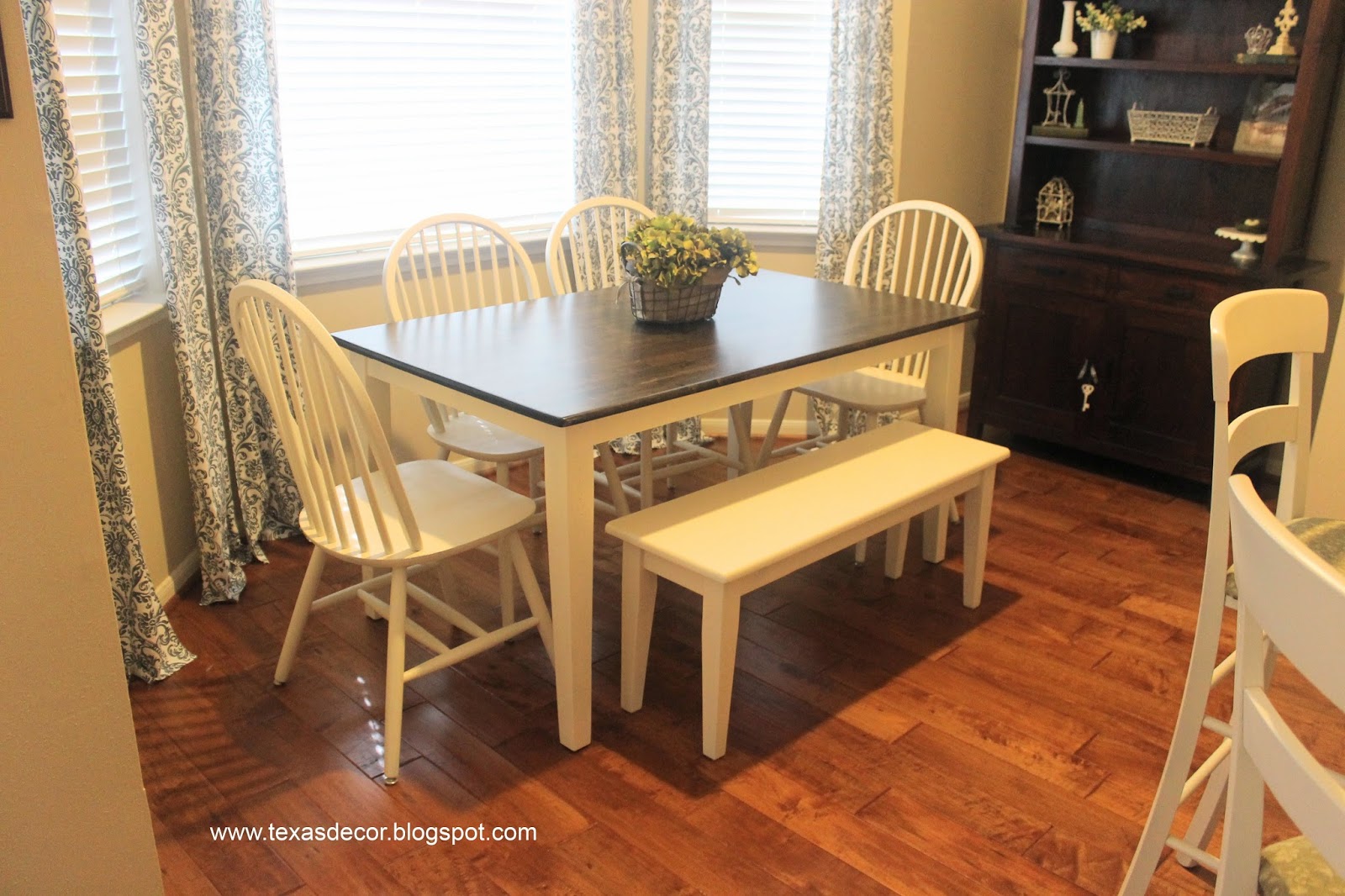 When it comes to designing your dream kitchen, the
kitchen table
plays a crucial role in both functionality and aesthetic appeal. Not only does it serve as a gathering place for meals and conversations, but it also adds to the overall design and atmosphere of your kitchen. That's why choosing the right
stain
for your kitchen table is essential.
When it comes to designing your dream kitchen, the
kitchen table
plays a crucial role in both functionality and aesthetic appeal. Not only does it serve as a gathering place for meals and conversations, but it also adds to the overall design and atmosphere of your kitchen. That's why choosing the right
stain
for your kitchen table is essential.
Factors to Consider
 When it comes to
staining
your kitchen table, there are several factors to consider. First and foremost, you want to choose a stain that will complement the overall
design
and
color scheme
of your kitchen. This means considering the color of your cabinets, countertops, and other furniture pieces. You want the stain to enhance the overall look of your kitchen, not clash with it.
When it comes to
staining
your kitchen table, there are several factors to consider. First and foremost, you want to choose a stain that will complement the overall
design
and
color scheme
of your kitchen. This means considering the color of your cabinets, countertops, and other furniture pieces. You want the stain to enhance the overall look of your kitchen, not clash with it.
Types of Stains
 There are several types of stains to choose from, each with its own unique characteristics.
Oil-based stains
are the most common and offer a wide range of color options. They are also durable and easy to work with.
Water-based stains
, on the other hand, are environmentally friendly and have a low odor. They also dry quickly, making them a good option for those who want to get their kitchen table back in use as soon as possible.
There are several types of stains to choose from, each with its own unique characteristics.
Oil-based stains
are the most common and offer a wide range of color options. They are also durable and easy to work with.
Water-based stains
, on the other hand, are environmentally friendly and have a low odor. They also dry quickly, making them a good option for those who want to get their kitchen table back in use as soon as possible.
Consider Your Lifestyle
 In addition to the design and type of stain, it's also important to consider your
lifestyle
when choosing the best stain for your kitchen table. If you have young children or pets, you may want to opt for a
stain and sealant
combo for added durability and protection against spills and scratches. If you love to entertain and host dinner parties, a darker stain may be a better choice to hide any potential stains or marks.
In addition to the design and type of stain, it's also important to consider your
lifestyle
when choosing the best stain for your kitchen table. If you have young children or pets, you may want to opt for a
stain and sealant
combo for added durability and protection against spills and scratches. If you love to entertain and host dinner parties, a darker stain may be a better choice to hide any potential stains or marks.
Final Thoughts
 Ultimately, the best type of kitchen table stain will depend on your personal preferences and needs. Consider the design and color scheme of your kitchen, the type of stain you prefer, and your lifestyle when making your decision. With the right stain, your kitchen table will not only be a functional piece but also a beautiful statement in your home.
Ultimately, the best type of kitchen table stain will depend on your personal preferences and needs. Consider the design and color scheme of your kitchen, the type of stain you prefer, and your lifestyle when making your decision. With the right stain, your kitchen table will not only be a functional piece but also a beautiful statement in your home.

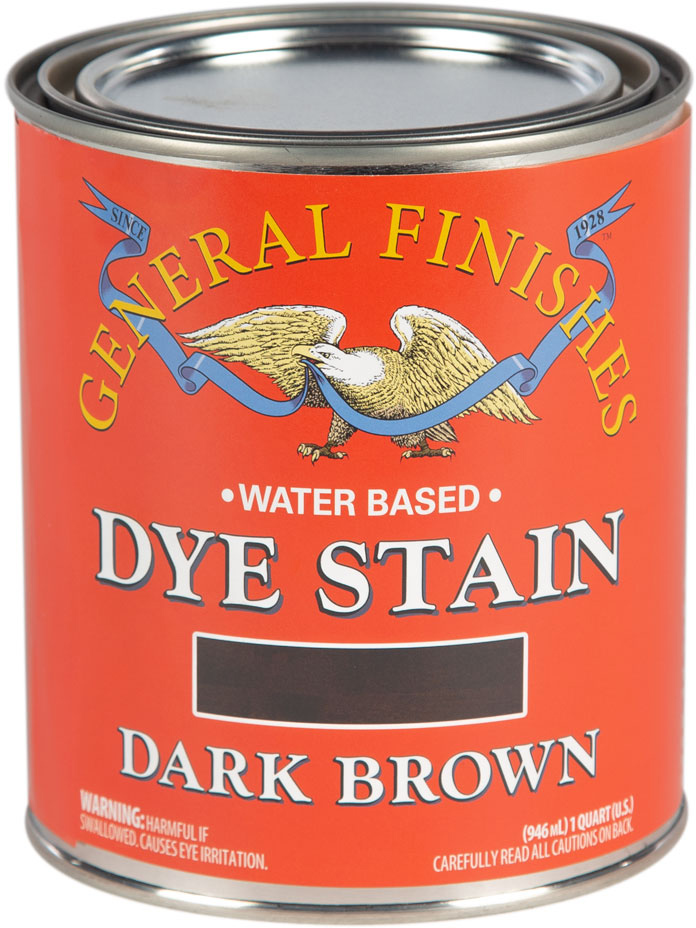
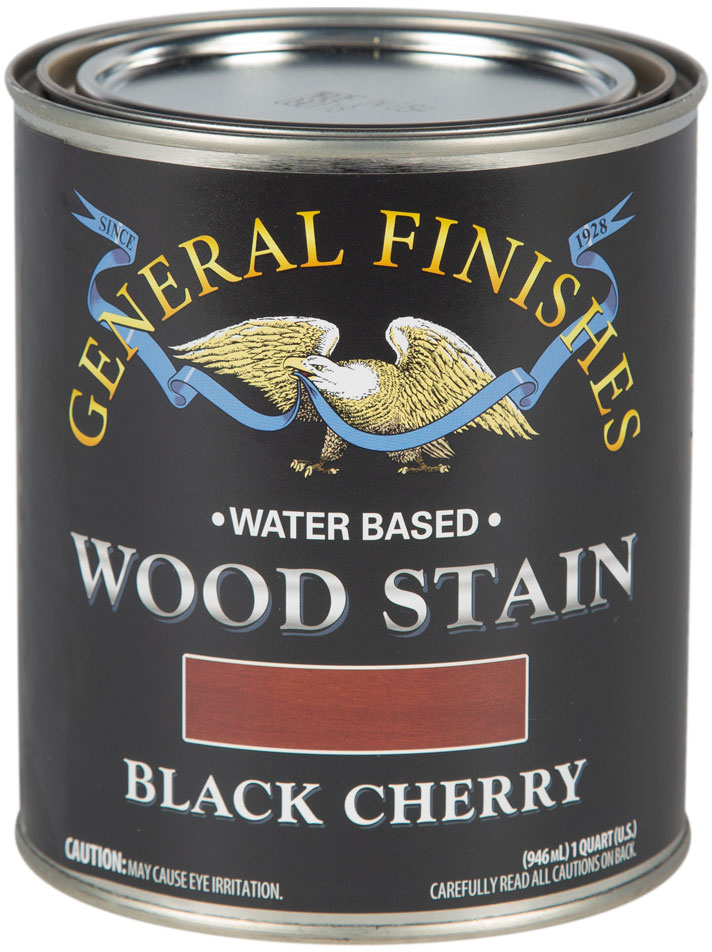












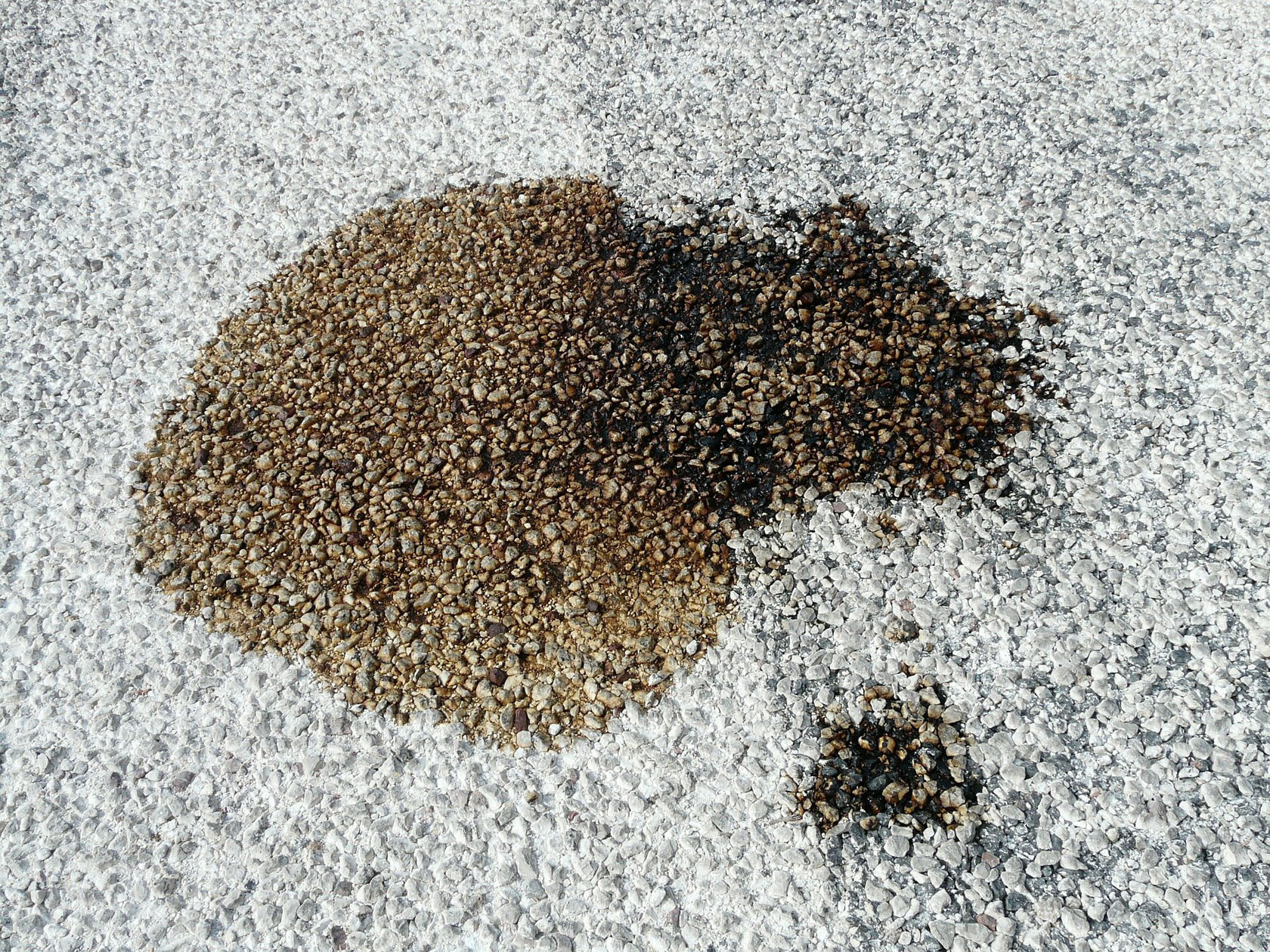































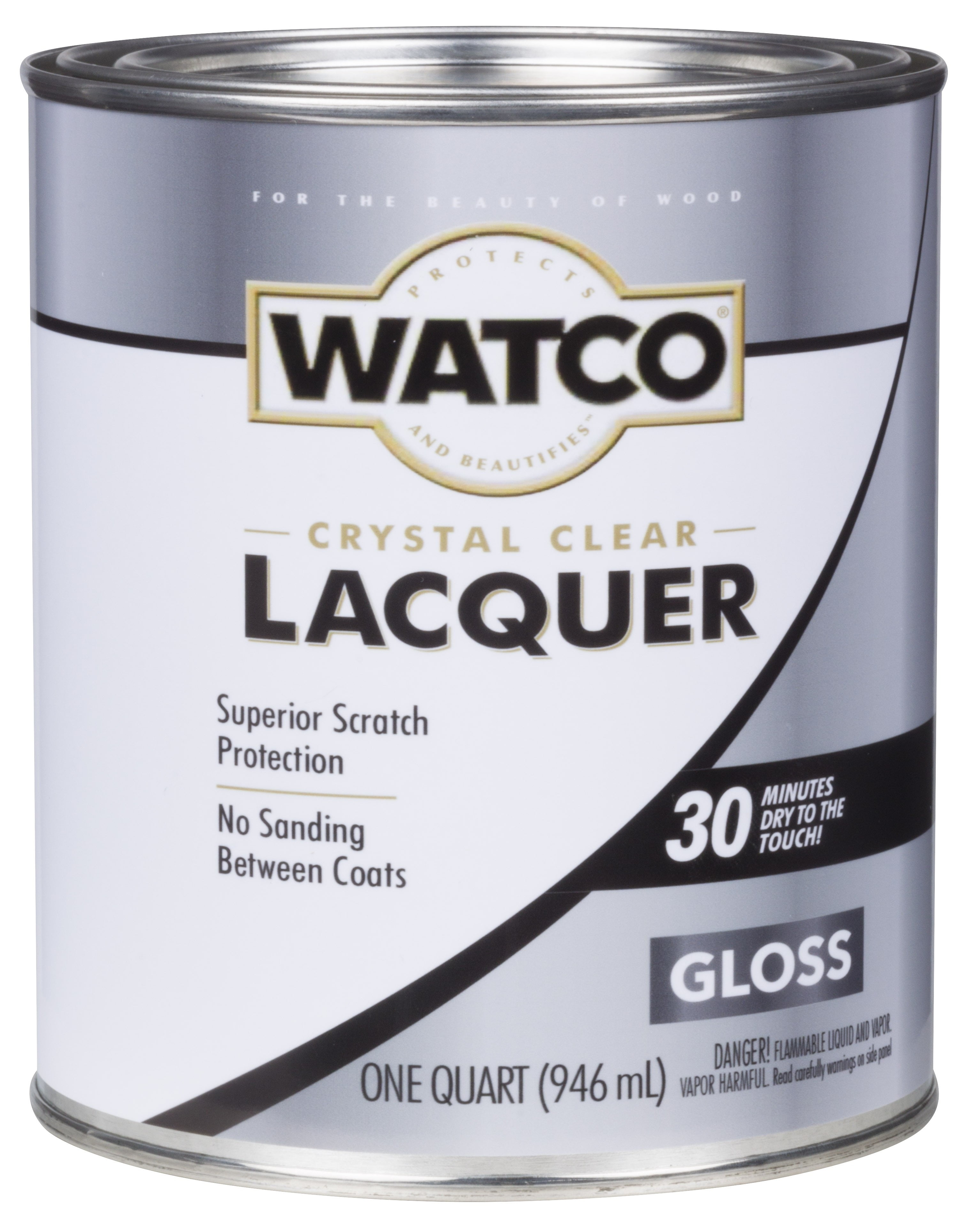







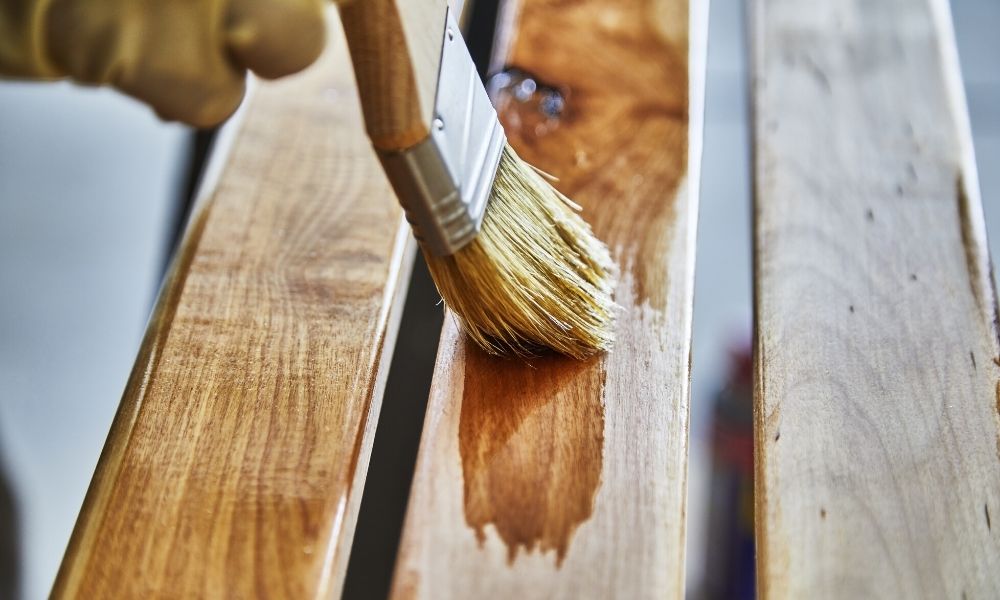





/remove-dye-transfer-stains-2146658_v5-8d319e65704e4b7caca5a24b3052afc3.png)






